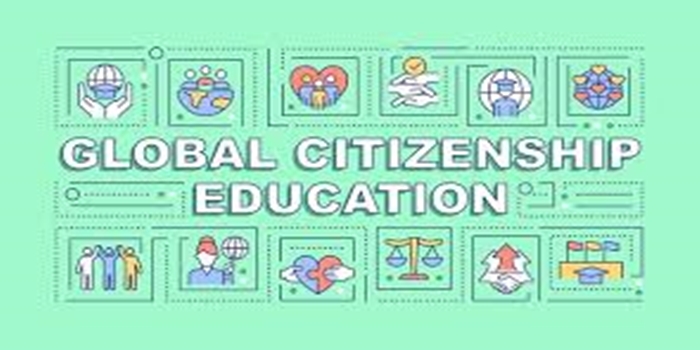In this article, we discussed the meaning of global citizenship education, the examples, the importance, the principles, and the types.
Definition
Global citizenship education (GCED) is a type of civic learning that helps students become active participants in addressing global issues. It aims to create more peaceful, tolerant, and inclusive societies.
What GCED aims to do
Develop critical thinking skills
Promote respect for diversity, empathy, and justice
Encourage students to take action on their values and beliefs
Equip students with the knowledge and skills to participate in a globalized society
Help students understand the interconnected nature of global challenges
Help students understand how their actions can impact the world.
Examples of GCE include:
Discussing global issues: In the classroom, students can discuss topics like climate change, poverty, and inequality
Organizing cultural exchanges: Students can learn about different cultures and traditions
Service-learning projects: Students can participate in projects that help people in need
Advocacy campaigns: Students can take action on issues they care about
Learning about human rights: Students can learn about the rights and responsibilities of citizens
Learning about sustainable development: Students can learn about how to live sustainably
Learning about peace: Students can learn about how to promote peace and tolerance
Global citizenship education (GCED) is important
because it helps people develop the skills and values to become active global citizens. This prepares them to address global challenges and contribute to a more peaceful, sustainable world.
Benefits of GCED
Critical thinking
Learners develop the skills to think critically and engage with complex global issues
Cross-cultural understanding
Learners develop an understanding of different cultures, which can lead to reduced prejudice
Problem solving
Learners develop the skills to solve problems creatively and work together to address challenges
Career opportunities
Learners develop skills that are valued by employers in a globalized job market
Lifelong learning
Learners develop a lifelong love of learning about world cultures, languages, and global issues
Peace-building
Learners are more likely to seek peaceful resolutions to conflicts
How GCED is taught
Through active participation in projects that address global issues
By reflecting on their biases and assumptions
By learning about different countries, communities, and cultures
By exploring questions about democracy, justice, and sustainability
By learning about the United Nations’ Sustainable Development Goals
GCED is important in an increasingly digital world, where the spread of misinformation and hate speech is a challenge.
The principles of global citizenship education (GCED) includes:
global challenges.
Respect: GCED encourages respect for all people and cultures.
Belonging: GCED helps students feel a sense of belonging to a common humanity.
Responsibility: GCED helps students become responsible and active participants in addressing global issues.
GCED components
Critical thinking: GCED encourages students to question assumptions, analyze different perspectives, and evaluate evidence.
Intercultural competence: GCED helps students understand and appreciate different cultures.
Social responsibility: GCED helps students develop a sense of social responsibility and take action.
Sustainability literacy: GCED helps students understand the importance of sustainability.
GCED goals
GCED helps students develop the skills and knowledge to become global citizens who can live together peacefully. GCED also helps students learn about universal concepts like human rights, democracy, and social justice.
The most recognizable types of citizenship education include:
Single-Issue Politics (or Service Learning). This type of citizenship education emphasizes the participation of students in volunteer organizations and activities to create a sense of personal responsibility in society and accentuate individual empowerment.
Democracy and Student Rights. This type includes a general civic education program and informs students about different types of government and how they may impact a person’s rights and responsibilities in society.
Active Learning and Citizenship (or Deliberative Democracy Education). This type of citizenship education teaches students to think critically and participate in public communication.
Active citizenship: Involves developing skills to take action and influence decisions on issues of public concern
Critical allocentric: Emphasizes empathy, interdependence, and extrospection
Ethical GCE: Focuses on helping students recognize and remove discriminatory consciousness
Conclusion
Global Citizenship Education (GCE) is a form of civic learning that aims to develop individuals into active global citizens by equipping them with knowledge, skills, and attitudes to understand and address global issues like social, political, economic, and environmental challenges, while fostering a sense of responsibility and empathy for people across the world, promoting intercultural understanding and encouraging action towards a more just and sustainable planet.
READ; Global Supply Chain Disruptions

